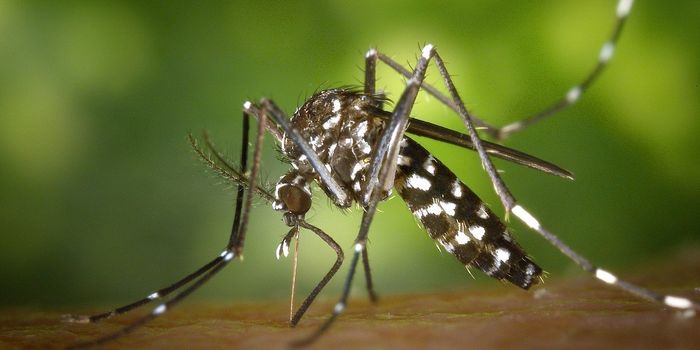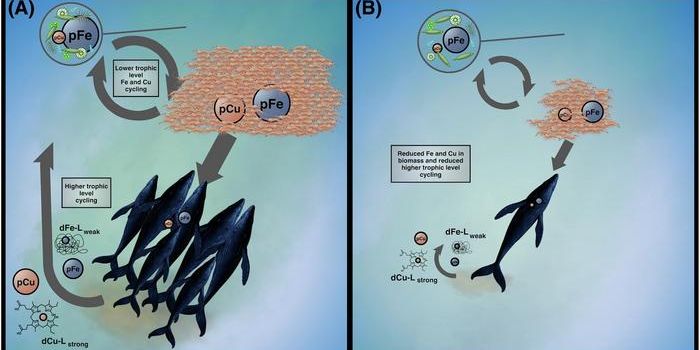Functionalization of Polymer Networks for Diverse Applications
While silicon has been the go-to material for sensor applications, could polymer be used as a suitable substitute since silicon has always lacked flexibility to be used in specific applications? This is what a recent grant from the National Science Foundation hopes to address, as Dr. Elsa Reichmanis of Lehigh University was recently awarded $550,000 to investigate how polymers could potentially be used as semiconductors for sensor applications, including Internet of Things, healthcare, and environmental applications.
Illustration of an organic electrochemical transistor that could be developed as a result of this research. (Credit: Illustration by by Ella Marushchenko; Courtesy of Reichmanis Research Group)
“We’ll be creating the polymers that could be the building blocks of future sensors,” said Dr. Reichmanis, who is an Anderson Chair in Chemical Engineering in the Department of Chemical and Biomolecular Engineering at Lehigh University. “The systems we’re looking at have the ability to interact with ions and transport ionic charges, and in the right environment, conduct electronic charges.”
While Dr. Reichmanis will lead the project, she will be collaborating with Thomas Gartner, who is an assistant professor with the department of Chemical and Biomolecular Engineering at Lehigh University, as well.
For the project, the team will investigate how polymers can be used to support conduction involving the transport of both ions and electrons, also called organic mixed ion electron conduction. Through this, the polymer-based sensors would be able to function at low voltage, making them easier to be used on the human body. In the end, polymer-based sensors could be used for a myriad of applications, including Internet of Things, healthcare, and environmental applications.
“We have the opportunity to develop something within a real area of need,” said Dr. Reichmanis, “and because these devices are so wide-ranging, it opens up opportunities for much broader collaborations.”
How will polymers be used for sensor applications in the coming years and decades? Only time will tell, and this is why we science!
As always, keep doing science & keep looking up!
Sources: National Science Foundation, EurekAlert!, Lehigh University









